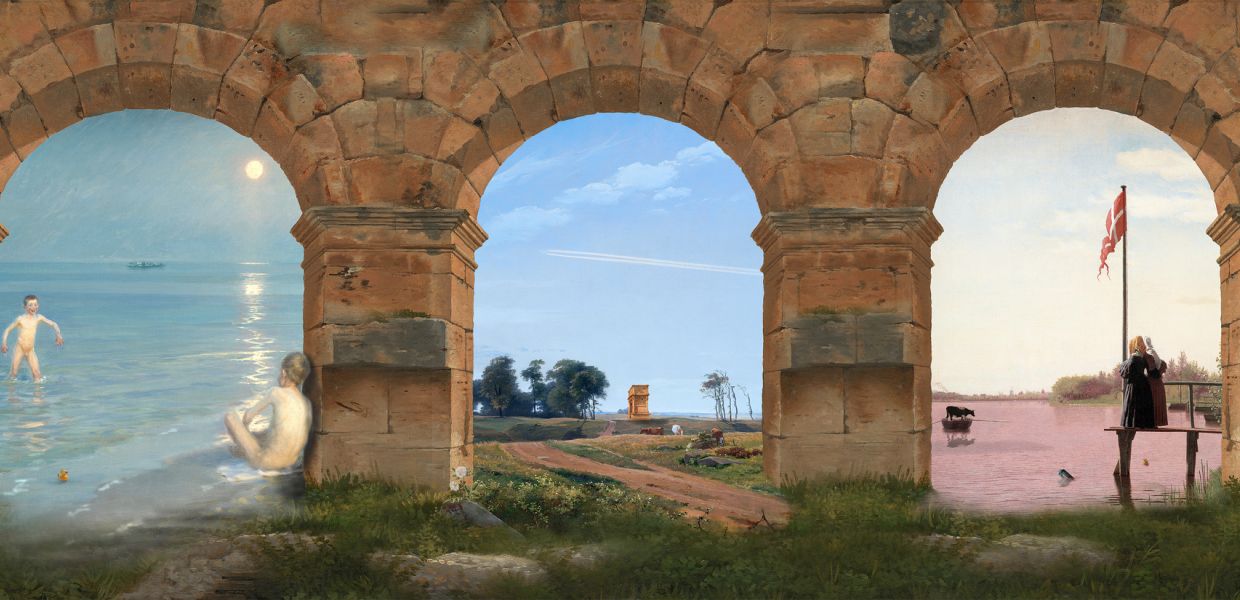The digitisation and opening up of SMK’s collections built a toolbox of rich digital cultural resources for people around the world to use. But closer to Copenhagen lies an inspiring testament to the impact that free and open access to cultural heritage can bring. The collaboration with ULK Art Labs not only brought SMK’s collections to the city’s landscape, but provided an insight into how cultural heritage can be used to shape people's lives.
‘With our digitised collections we can help educate and enlighten people, supporting them in their endeavours to become reflecting, creating individuals’ - Mikkel Bogh, Director SMK

Image: Youngsters listening to the audio track and making collages in the ULK + SMK Open stall at UFM’18
Developed as a social and creative community for young people aged 15-25, ULK members work with museum staff to experiment and to inspire. The remix project in 2015 saw ULK work with people who used drug injection rooms to identify art that represented the ideas and dreams of the users. These images were then remixed, printed and used to decorate the room transforming it into a space users could feel proud of as a reflection of themselves, as a valued part of society.
‘It’s awesome that we can use these artworks that were once created and preserved, and make something new out of them, make them our own, so to speak. That way, you can bring something old with you into the new.’ - Anonymous participant in ‘Making the Invisible Visible Workshop’, 2018
ULK developed a workshop in which young people create visual expressions of the difficult emotions to do with mental and physical health, social challenges and stigmas, by discussing, clipping and remixing digitised artworks from the SMK public domain collection. Preliminary impact research indicates that creative work supported by open art enables young people who are struggling in life or who are trying to understand how others feel to express their own feelings in different ways, and to find ways to cope with and digest their impressions.



